Powered industrial trucks are available with diesel, liquid gas and electric drives. For some years now, in addition to rechargeable batteries for electric forklifts and palette jacks, there has also been the possibility of using a hydrogen tank together with a fuel cell. This has been done a zillion times as well in North America. In Europe, the number of hydrogen-powered vehicles remains in the three-digit range. Now, Plug Power is planning to establish a European center in Nordrhein-Westfalen. Is this the starting signal for the upscaling of fuel cell forklifts in the European Union?
On October 5th, 2021, the members of the business cluster Clean Intralogistics Net (CIN) met in a hybrid part live, part virtual symposium. However, there was not really much new to report. The speakers reminisced on previous events, as if the last few years had not passed this consortium at all.
The now 14 member businesses of the business association founded by NOW in 2016 presented mainly themselves, since there didn’t seem to be any really interesting news. No spectacular projects, no rapidly increasing sales figures or earth-shattering technical breakthroughs, nothing remotely reminiscent of a spirit of optimism that can otherwise be seen in the H2 sector at present.
Hoping for help from overseas
There has certainly been a further development. For example, the number of H2-powered industrial trucks in operation worldwide increased from around 21,000 at the end of 2018 to around 40,000 at the end of 2021. However, Europe played only a marginal role here. Even though the number of FC forklifts and palette movers doubled during this period, it was only on a low level, from 300 to 600.
Appropriately, Kai Hesse, one of the spokesmen for the industry cluster, relatively unemotionally presented the network as well as just the activities of its sponsor, Toyota Material Handling Deutschland, although Toyota is carrying out quite interesting projects in Asia as well as in the USA. Similarly, his deputy, Dr. Thomas Irrenhauser, presented his employer, the BMW Group, as well as the demonstration projects in its facility in Leipzig. Although the symposium program had variety and was moderated well by Tobias König, head of the powered industrial truck division at the German national organization for hydrogen and fuel cell technology (NOW), the lasting impression was that only the USA can provide more momentum.
It really seems that Tim Schultz from Plug Power Europe alone had something to report. His presentation from the point of view of a publicly traded North American company gave perspective on what it’s in principle all about and where it might be going. While the other participants mainly reported about the past and about previous attempts, he sketched out how a fuel cell manufacturer that now employs 1,800 people worldwide thinks and acts.[…]
… Read this article to the end in the latest H2-International
Author: Sven Geitmann



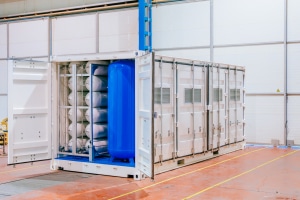

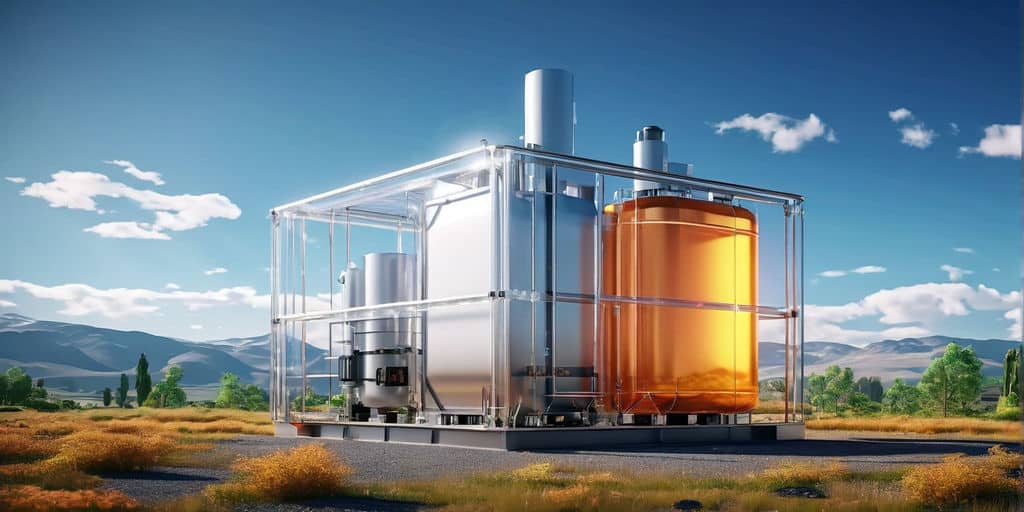
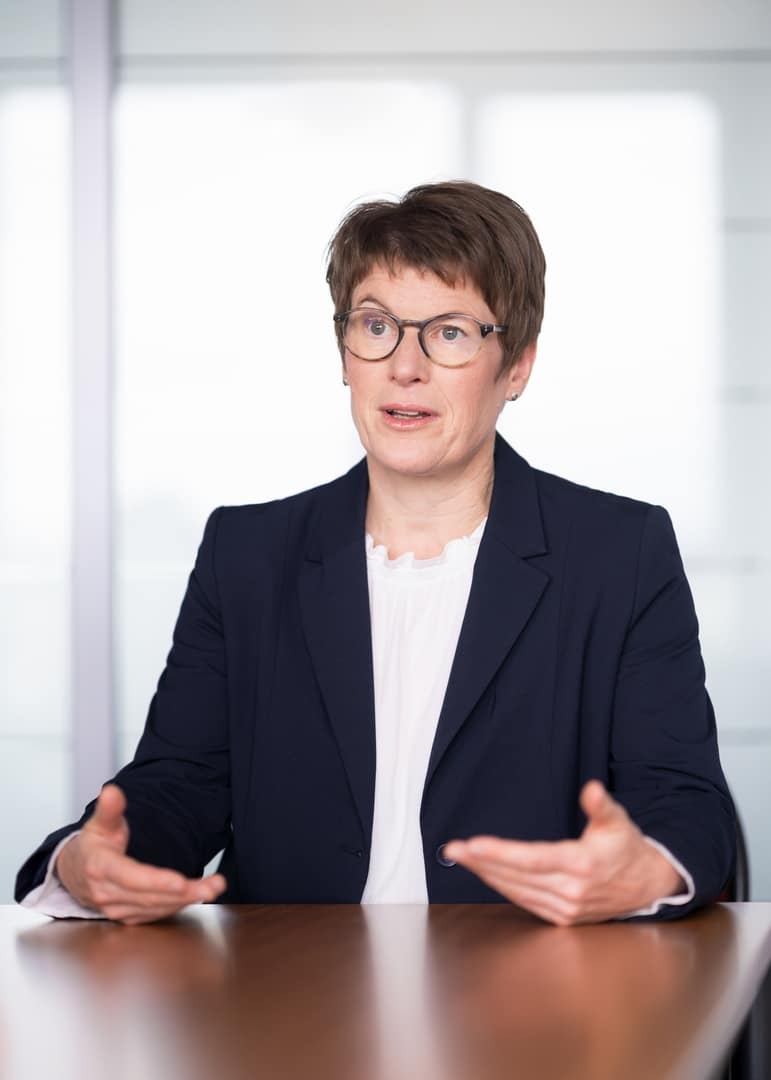
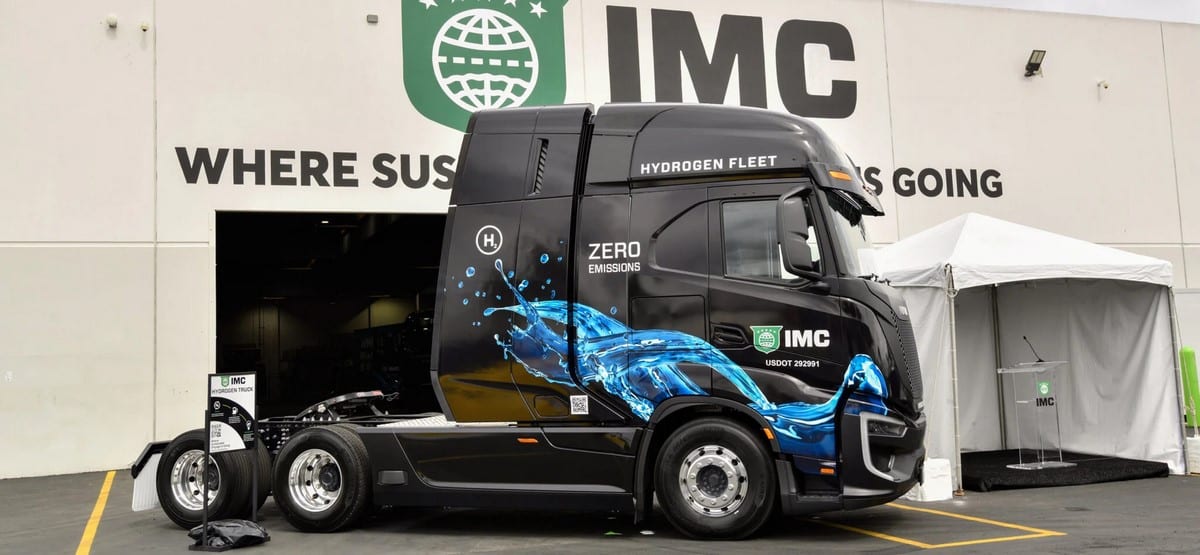

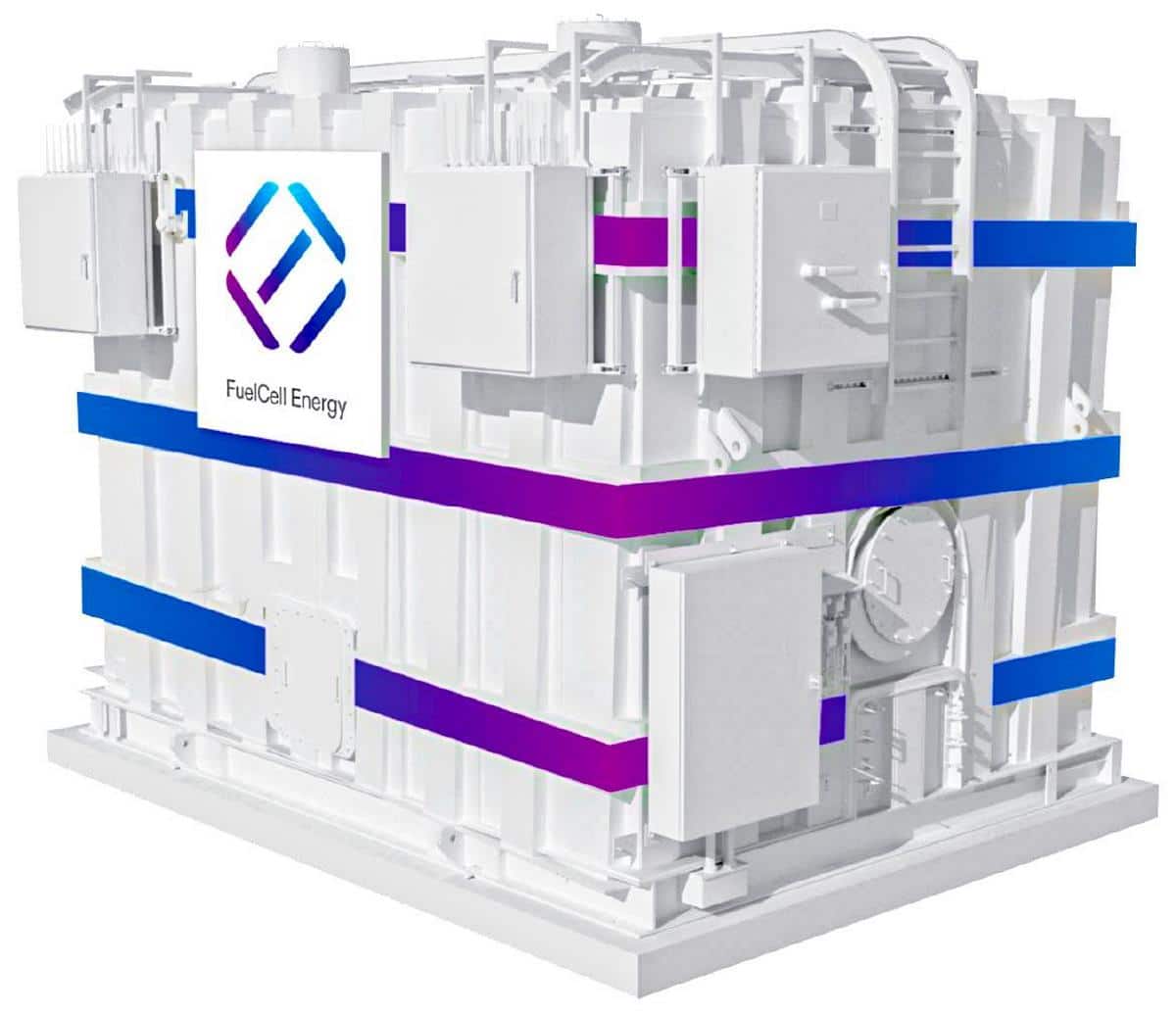
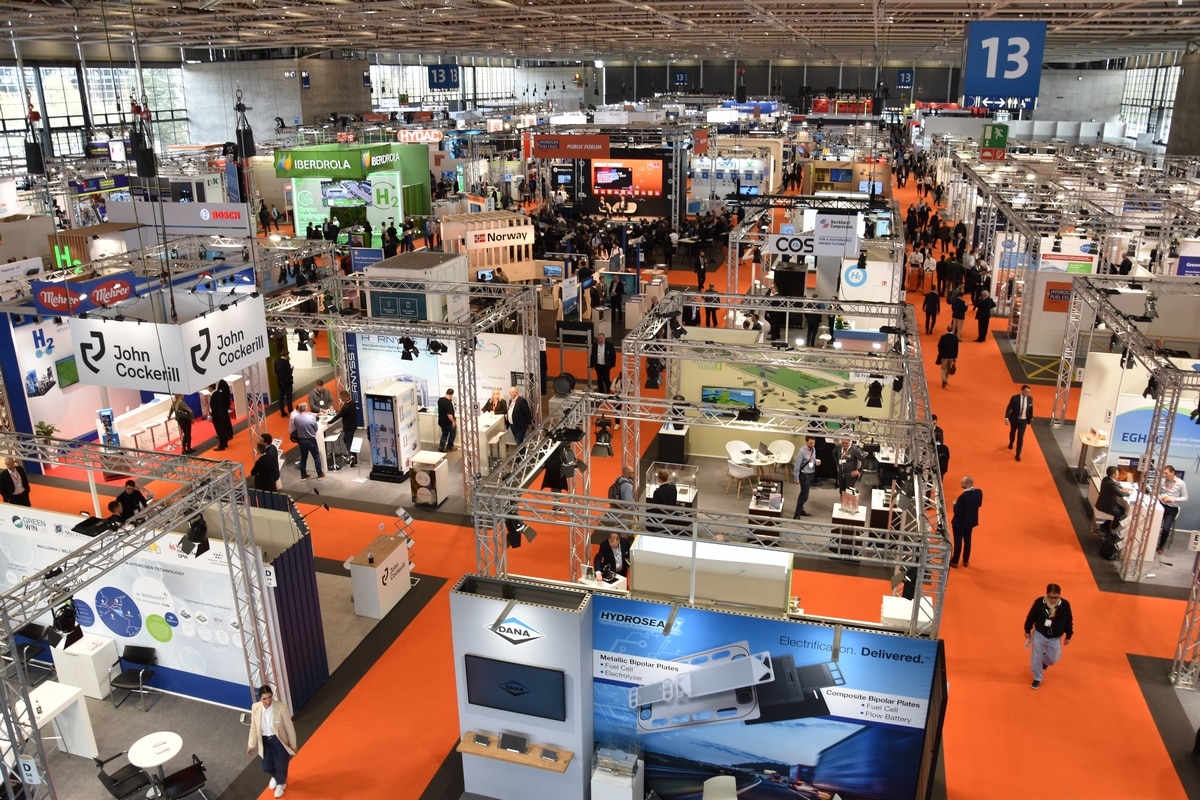
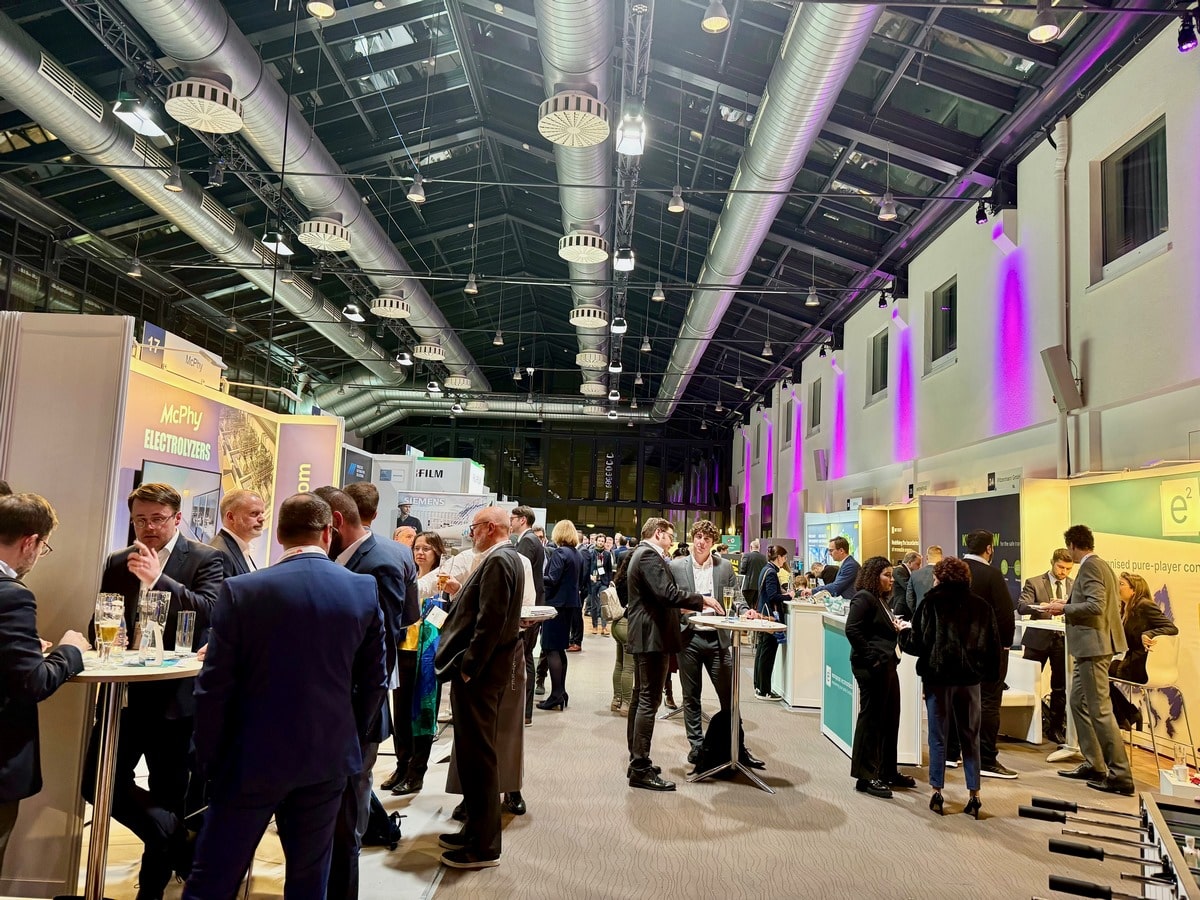

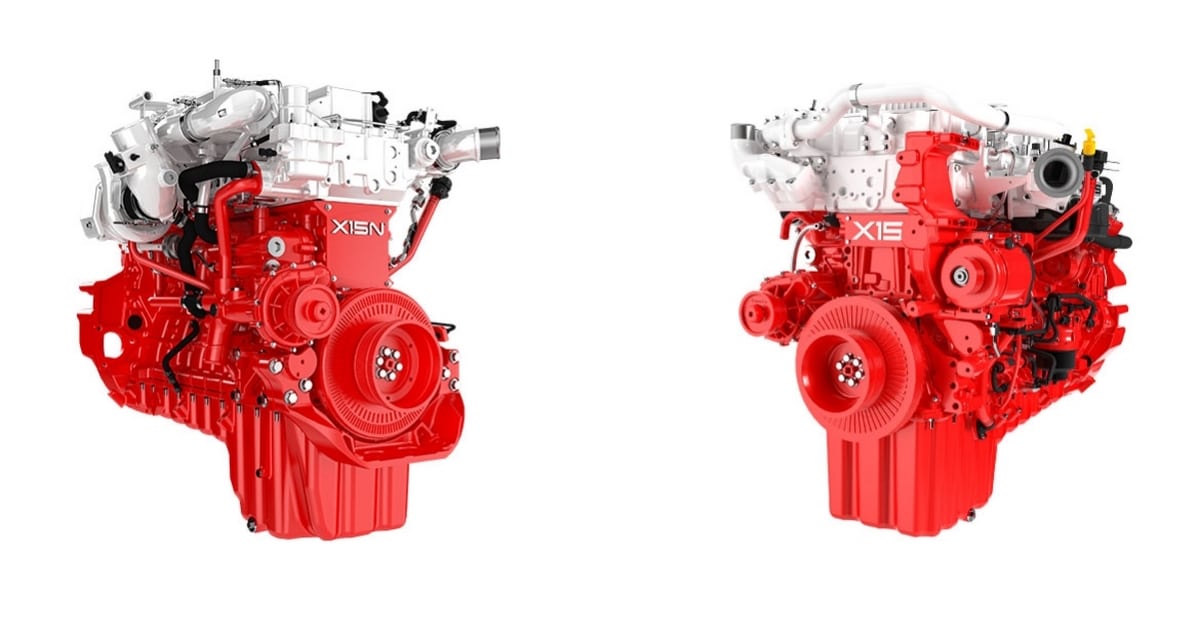
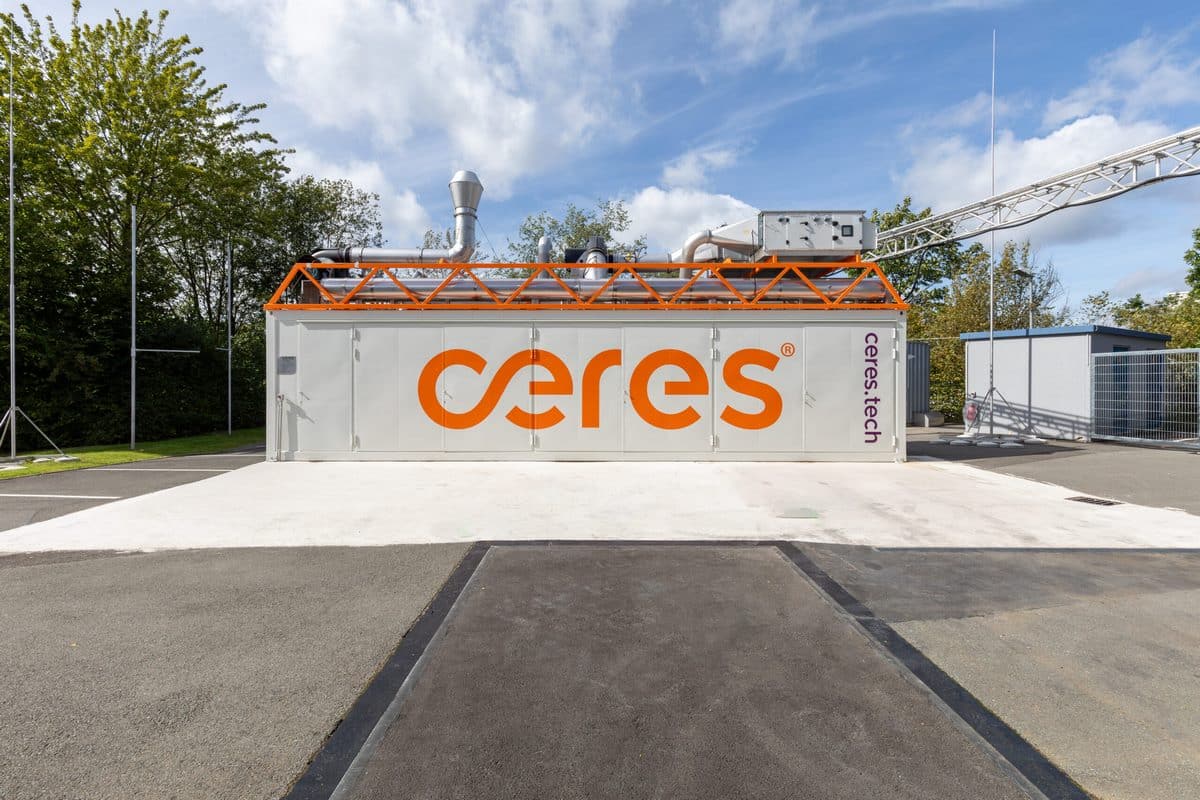

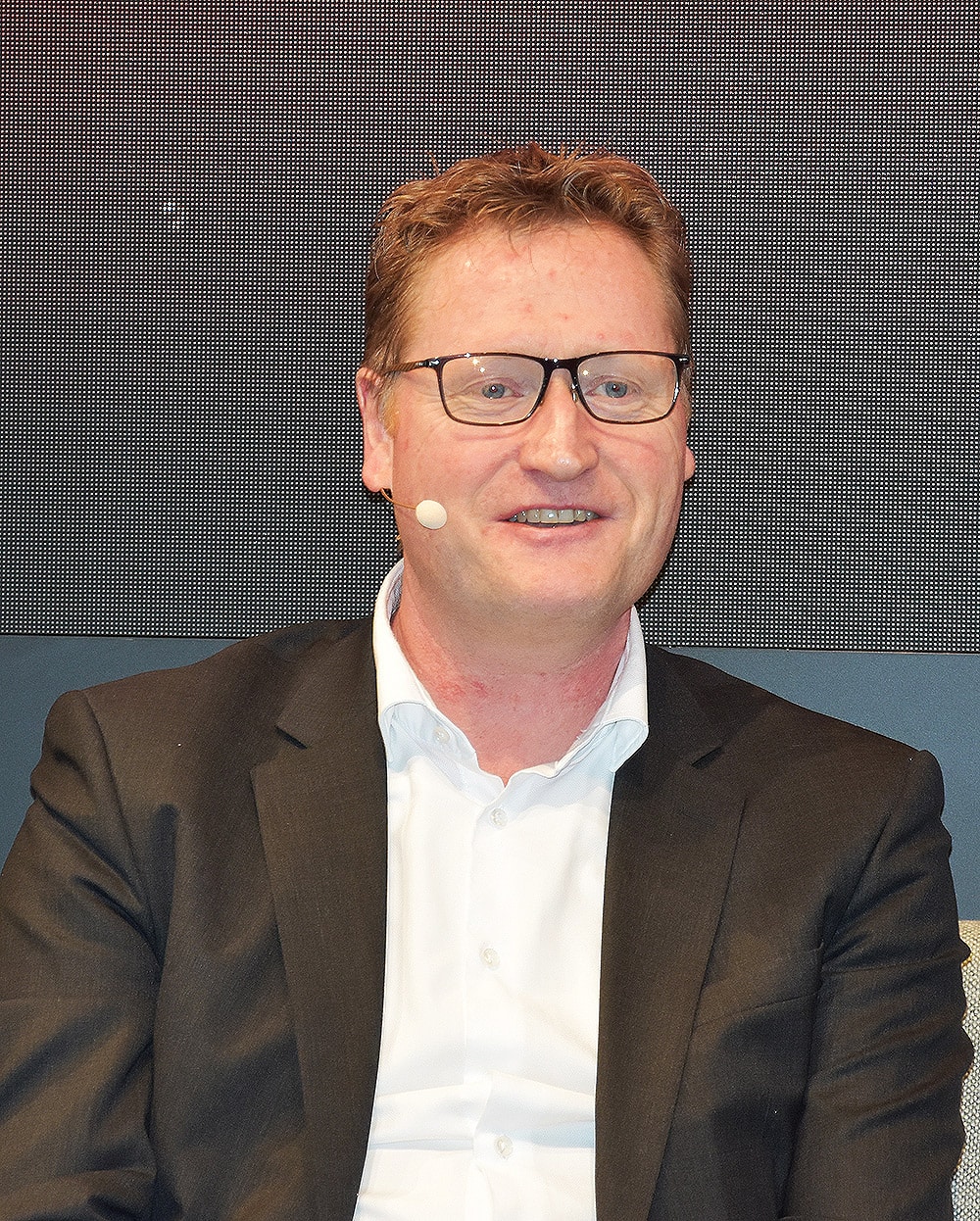


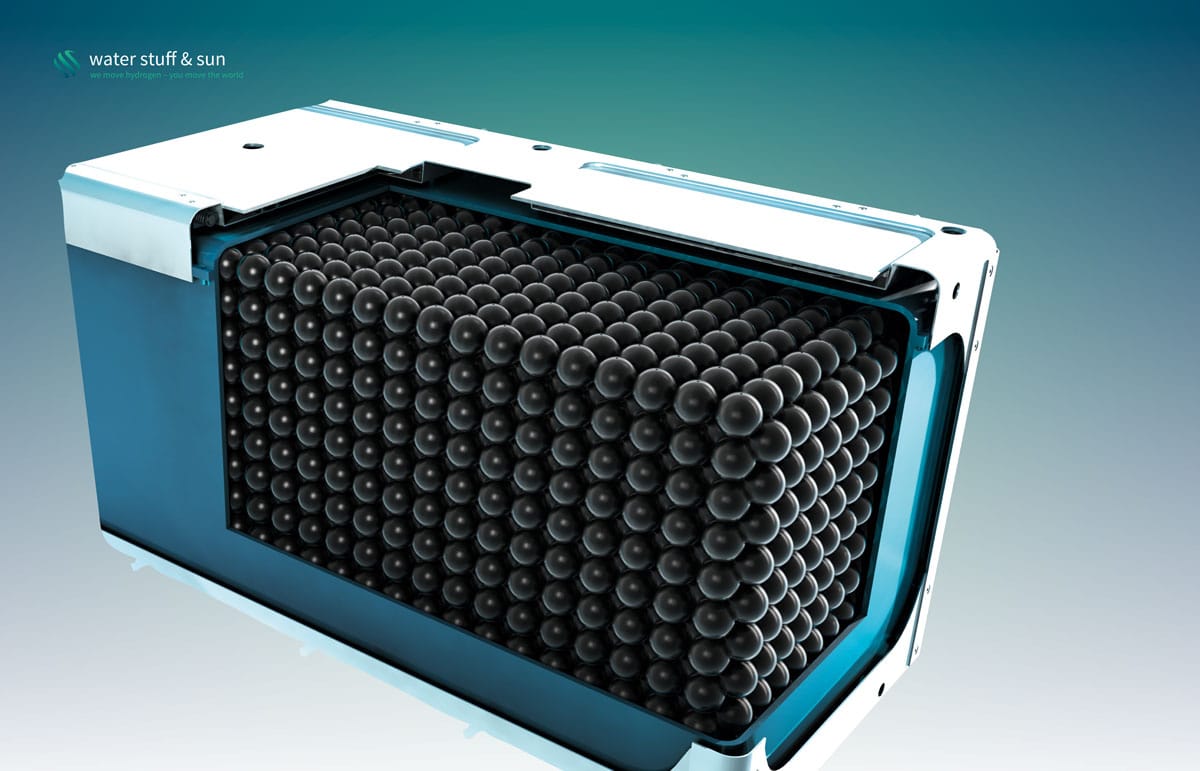

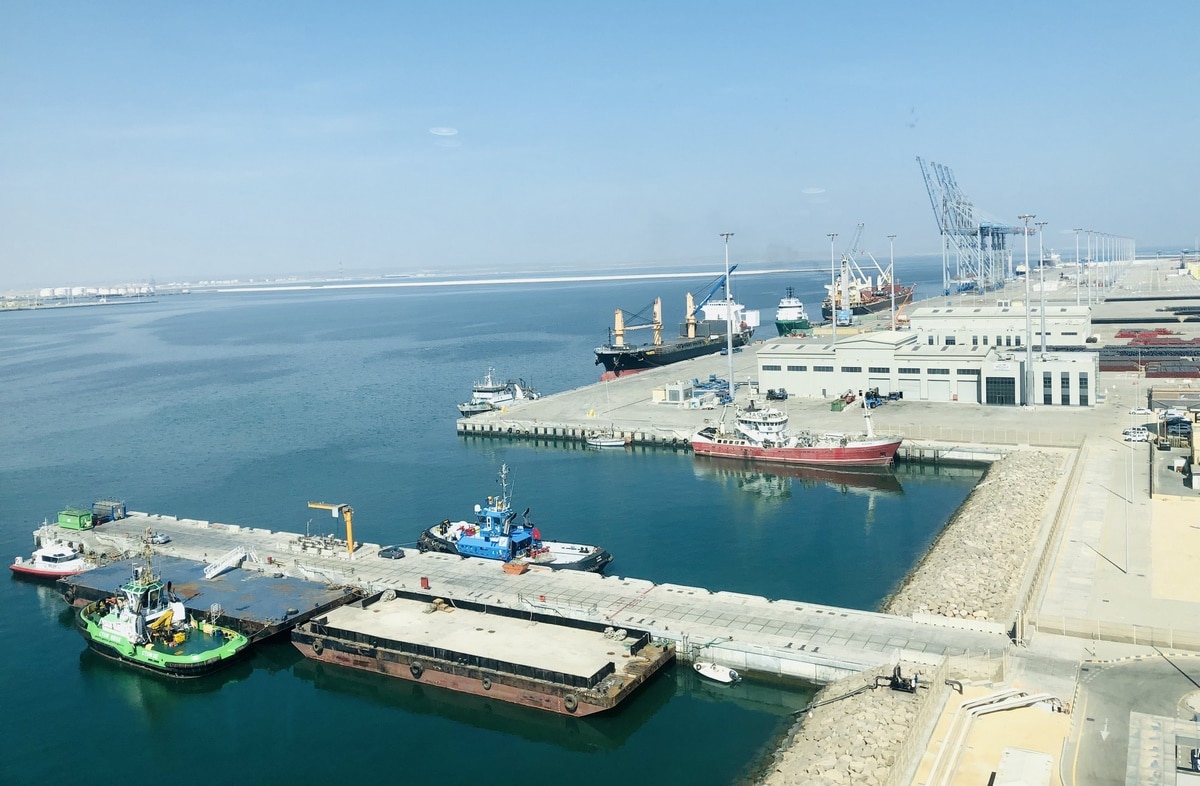
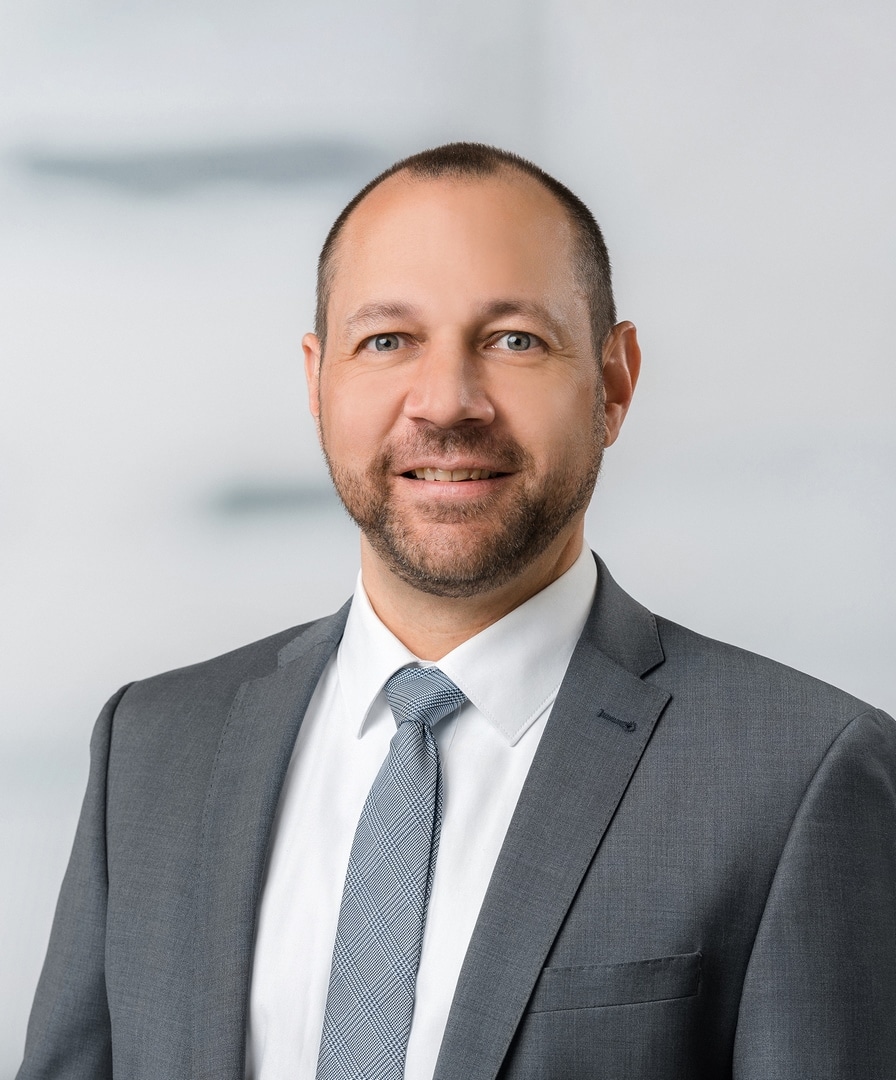
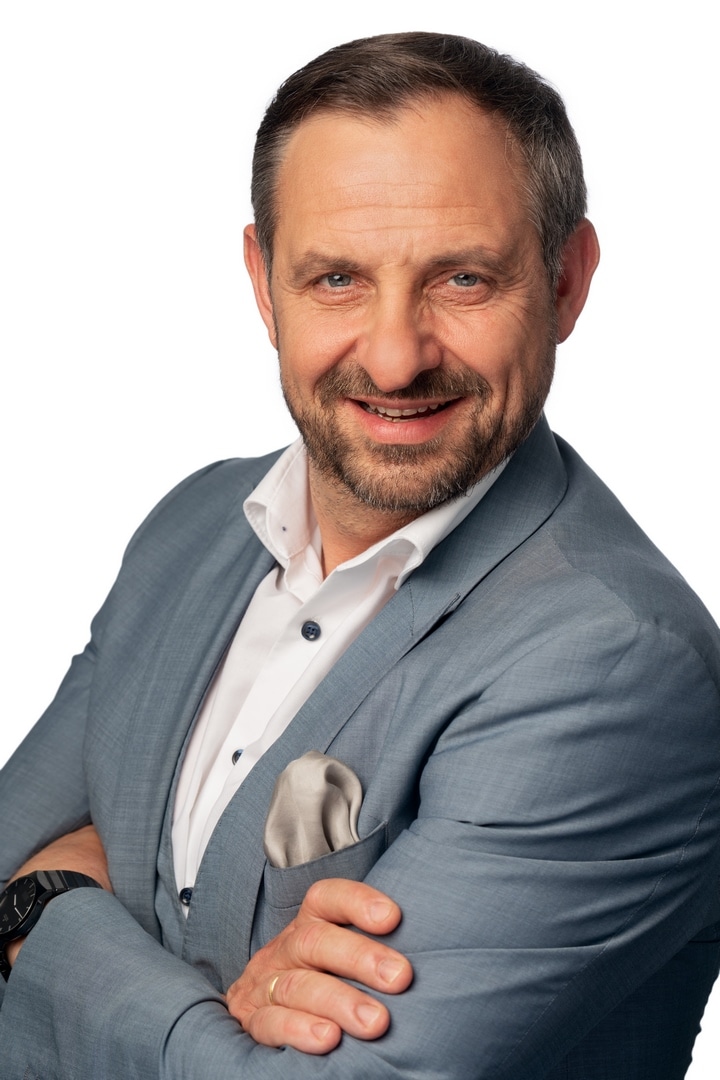
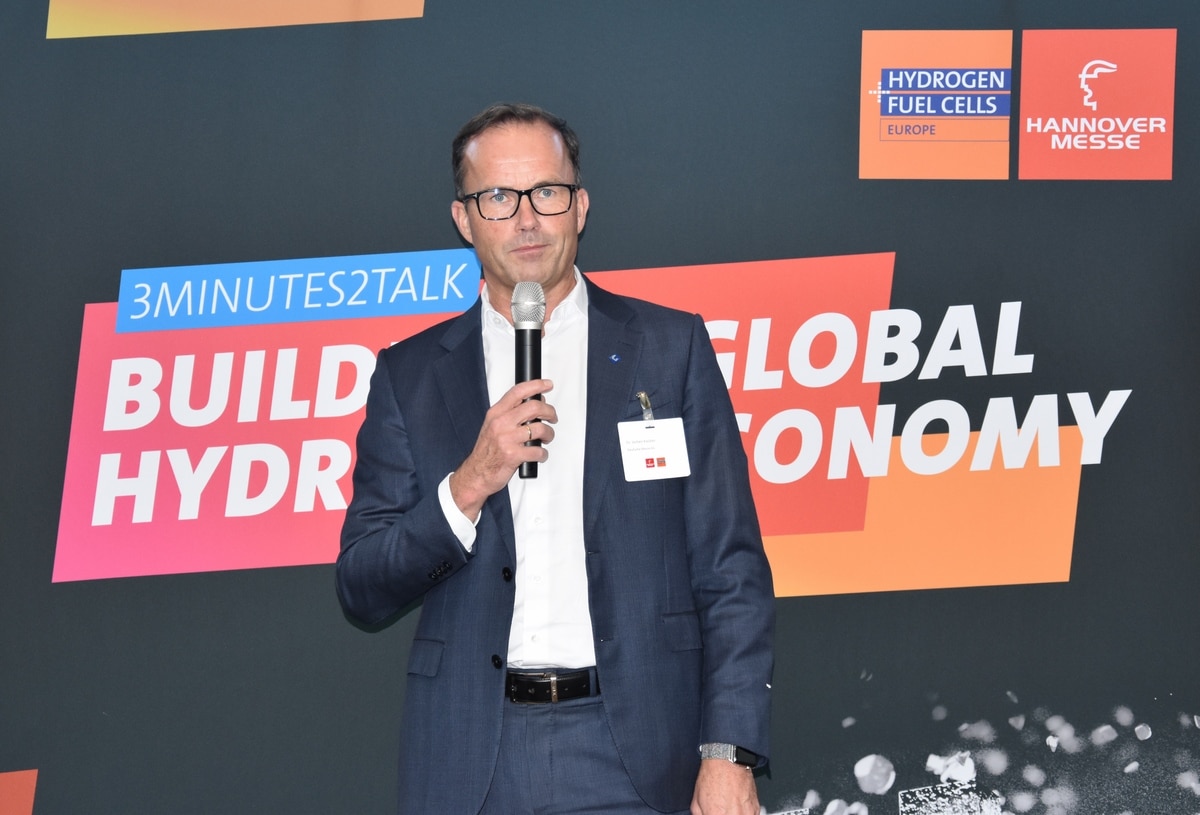
0 Comments